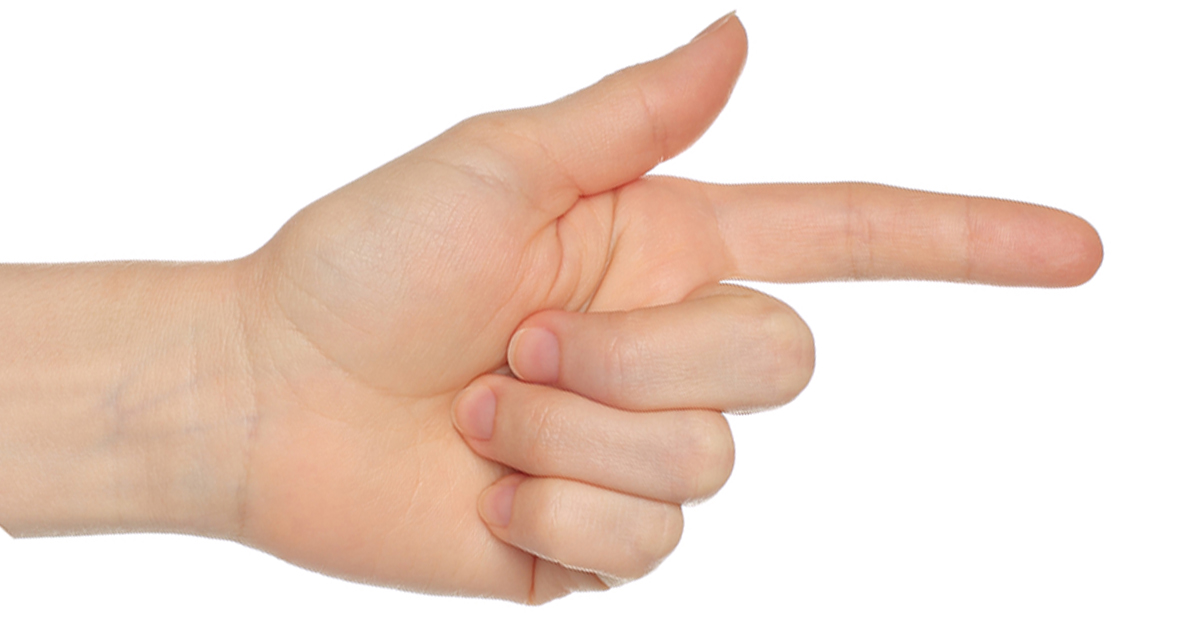
What is Artificial Joint Replacement of the Finger?
Artificial Joint Replacement of the Finger is a procedure used to replace a damaged or diseased finger joint with an implant device. Usually, this device is made of silicone rubber, hard metal, pyrocarbon, or ceramic.
Who needs Artificial Joint Replacement of the Finger?
This procedure is often done to replace the middle, or PIP, joint or the base, or MCP, joint of the finger.
What are the steps in Artificial Joint Replacement of the Finger?
Preparation
Once the hand is cleaned and sterilized, and anesthesia has been applied, the patient is positioned to give the surgeon access to the finger joints.
Creating Access to the Fingers
An incision is made over the joint to be replaced. If access to more than one MCP joint is needed, the surgeon will create an incision across multiple joints. The surgeon then spreads the soft tissues apart, exposing the joint or joints.
The Bones are Prepared
The surgeon then cuts away the damaged ends of the bones. A burr and other instruments are then used to form channels to insert the implants in.
The Implants are Inserted
The implants are then inserted into the channels. The joint's surrounding soft tissues are repaired in order to keep the implant and joint stabilized.
End of Procedure
Finally, the surgeon closes the incision with sutures. The hand is then bandaged, and the procedure is over.
After Surgery
During the recovery process, you may be required to wear a splint. This serves to keep your joint protected while you heal. Your doctor will also prescribe hand therapy to ensure the procedure is a success.

